Will the Absence of an Audio Jack on iPhone 7 Affect Mobile Payments?

 Of the recent announced changes to the iPhone 7 range, the removal of the standard 3.5 mm audio jack is turning out to be the most controversial. Audiophiles are decrying the fact their high-end headphones and earbuds are useless with the new iPhone, and the now defunct ability to listen to your music while charging your iPhone (something that Apple claims not many people did; however, it is a main complaint mentioned in several articles about the audio jack removal). Apple is including a 3.5 mm jack Lightning adapter, which will enable people to continue using their wired headphones and earbuds, with the iPhone 7, but it still won’t let users listen and charge at the same time.
Of the recent announced changes to the iPhone 7 range, the removal of the standard 3.5 mm audio jack is turning out to be the most controversial. Audiophiles are decrying the fact their high-end headphones and earbuds are useless with the new iPhone, and the now defunct ability to listen to your music while charging your iPhone (something that Apple claims not many people did; however, it is a main complaint mentioned in several articles about the audio jack removal). Apple is including a 3.5 mm jack Lightning adapter, which will enable people to continue using their wired headphones and earbuds, with the iPhone 7, but it still won’t let users listen and charge at the same time.
However, most mobile phone peripherals utilize the 3.5 mm jack, so by removing the jack from the iPhone 7, Apple has essentially removed the peripherals from the phone, too – including mobile credit card readers. In an instant, it looks as if PayAnywhere and other mobile credit card readers – all of which rely on the 3.5 mm jack – have suddenly become obsolete. Mobile readers are certainly convenient – merchants of all sizes have become used to the ability to process payments on the go without having to lug around a POS system, and customers like using PayAnywhere to pay for goods and services anywhere, without having to search for a wrapstand. How much will that change, now that the jack is gone from the new generation of iPhones? Some experts say, not much.
Apple is including the audio jack-to-Lightning adapter with every new iPhone 7, and it will accept anything that uses the 3.5 mm jack, including both versions of PayAnywhere’s mobile credit card readers – the traditional PayAnywhere Credit Card Reader, which reads magnetic stripe payment cards, and the new PayAnywhere 3-in-1 Credit Card Reader, an all-in-one reader that accepts magnetic stripe and EMV chip cards, as well as NFC contactless payments including Apple Pay, Android Pay and Samsung Pay. Users can be confident in knowing the existing units work well with Apple’s adaptor, which is on a short cord that, with the connectors, is about 3-4” long. Not being able to charge the phone while using PayAnywhere is not an issue, as the unit covers the phone’s charging port while it’s in use. Apple has developed a second adapter, called the Apple Lightning Doc, a $49 add-on that will let users charge and listen at the same time, as it features both a 3.5 mm jack and a Lightning connector, but at a 90-degree angle to the phone. However, it has a wide base so it can also act like a stand for the iPhone
While the lack of a 3.5 mm jack is new to Apple’s iPhones, two premium Android phones – Motorola’s Moto Z and LeEco's Le range (currently not sold in the United States) – have already ditched the jack, months ahead of Apple’s jack-free iPhone 7 reveal. Apple claims that some of the new features on its iPhone 7 – including the dual camera and a haptic home button – are the reasons for the removal of the jack, as it took up space needed to add these features to the phone. Still, there are legions of users who claim that the lack of a jack is enough for them to pass on the new iPhone – or any phone, for that matter. And while we can still use some of our favorite and necessary peripherals, like PayAnywhere, via an adapter, Apple senior vice president Phil Schiller says we will adapt. “Remember, we’ve been through this many times before,” he said “We got rid of parallel ports, the serial bus, floppy drives, physical keyboards on phones — do you miss the physical keyboards on your phone? … At some point — some point soon, I think — we’re all going to look back at the furor over the headphone jack and wonder what the big deal was.”
 3-in-1 Reader | 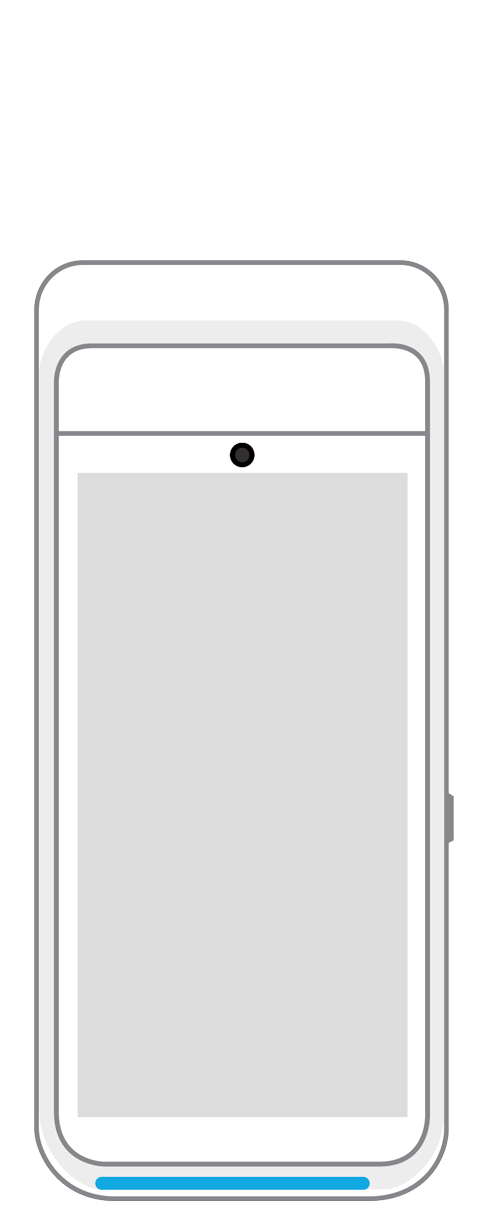 Terminal | 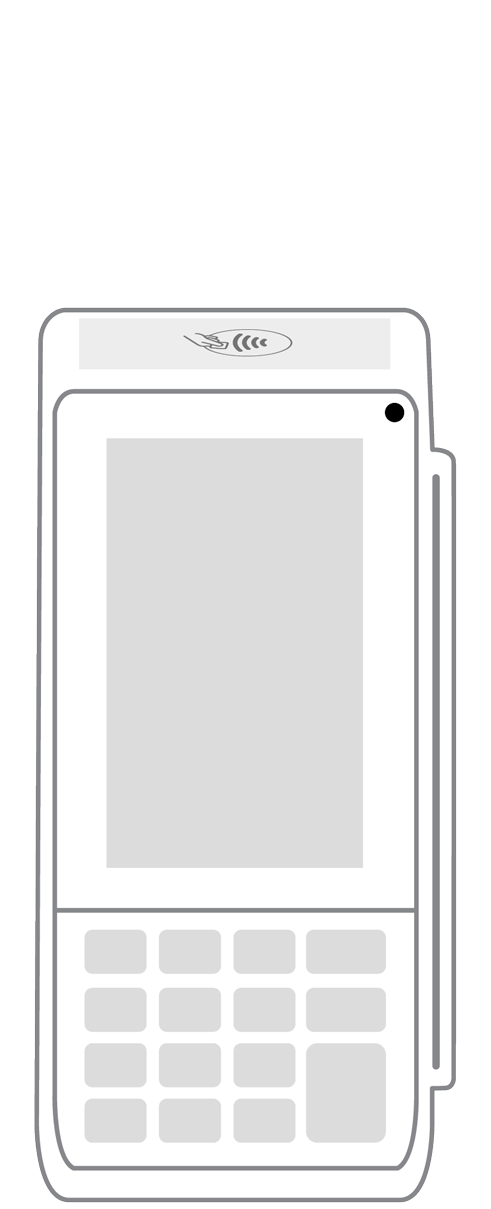 Keypad | 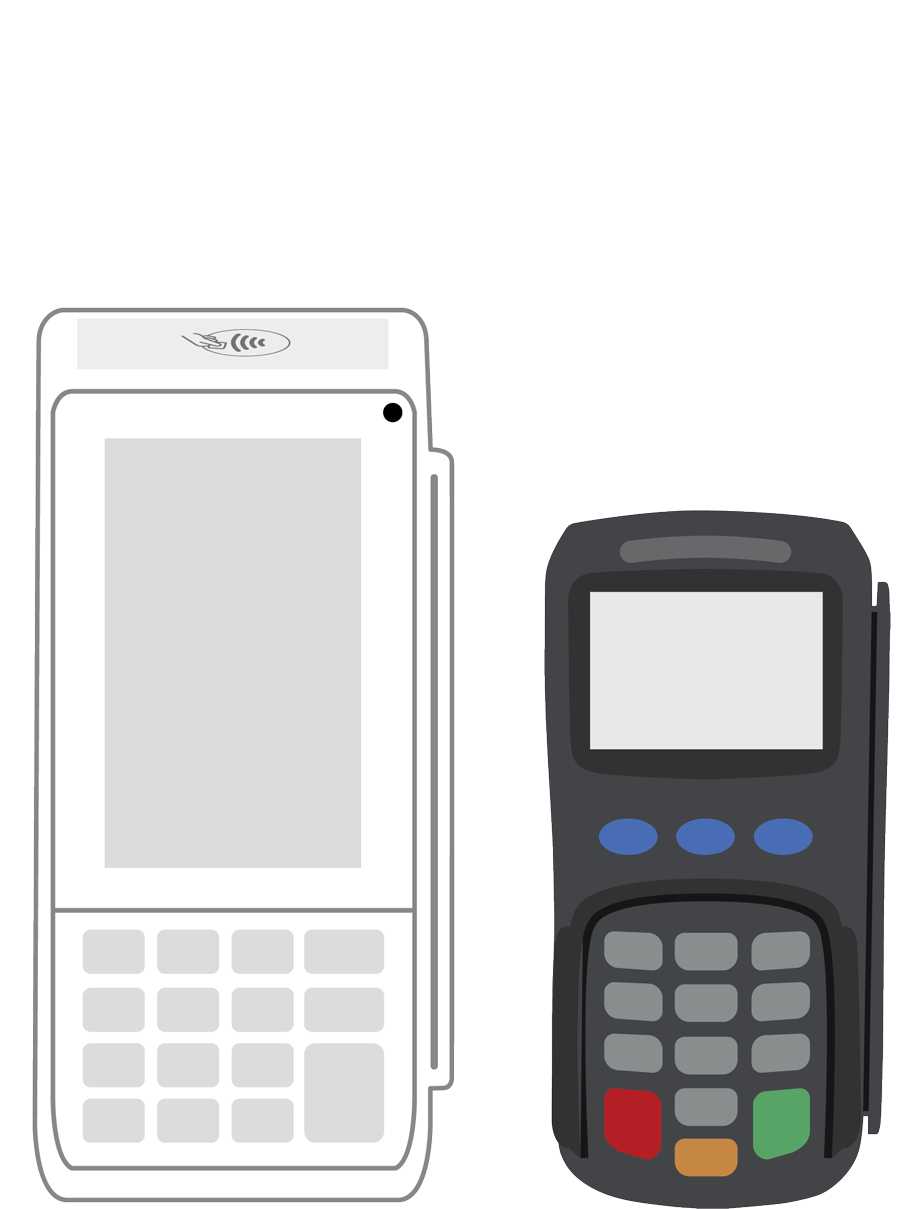 PINPad Pro | 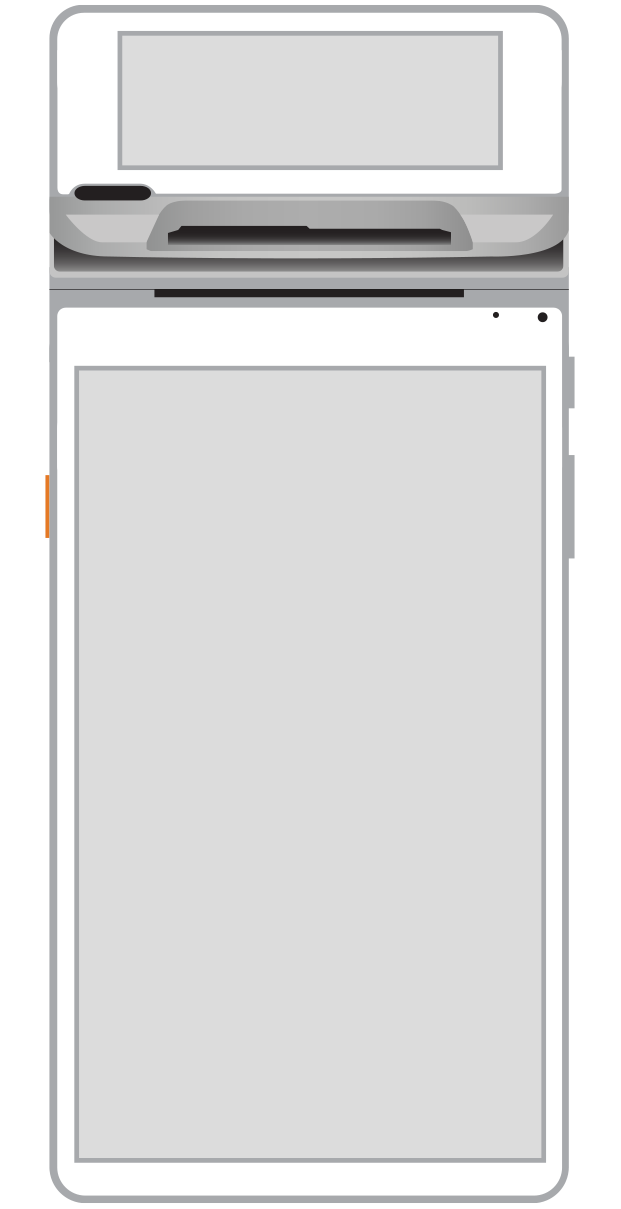 Flex | 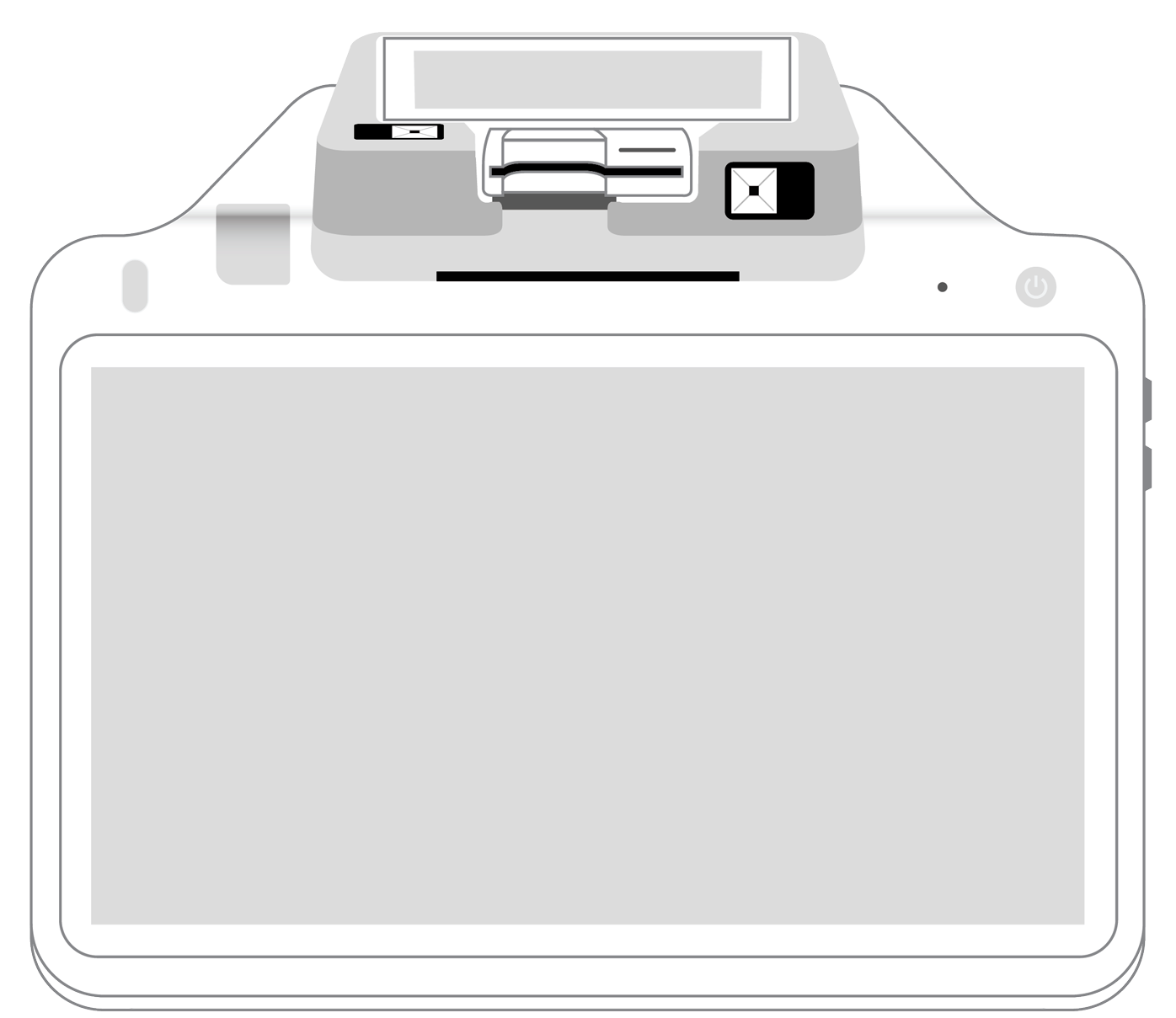 POS+ | |
|---|---|---|---|---|---|---|
Payment types | ||||||
EMV chip card payments (dip) | ||||||
Contactless payments (tap) | ||||||
Magstripe payments (swipe) | ||||||
PIN debit + EBT | ||||||
Device features | ||||||
Built-in barcode scanner | ||||||
Built-in receipt printer | ||||||
Customer-facing second screen | ||||||
External pinpad | ||||||
Wireless use | ||||||
Network | ||||||
Ethernet connectivity | With dock | |||||
Wifi connectivity | ||||||
4G connectivity | ||||||
Pricing | ||||||
Free Placement | ||||||